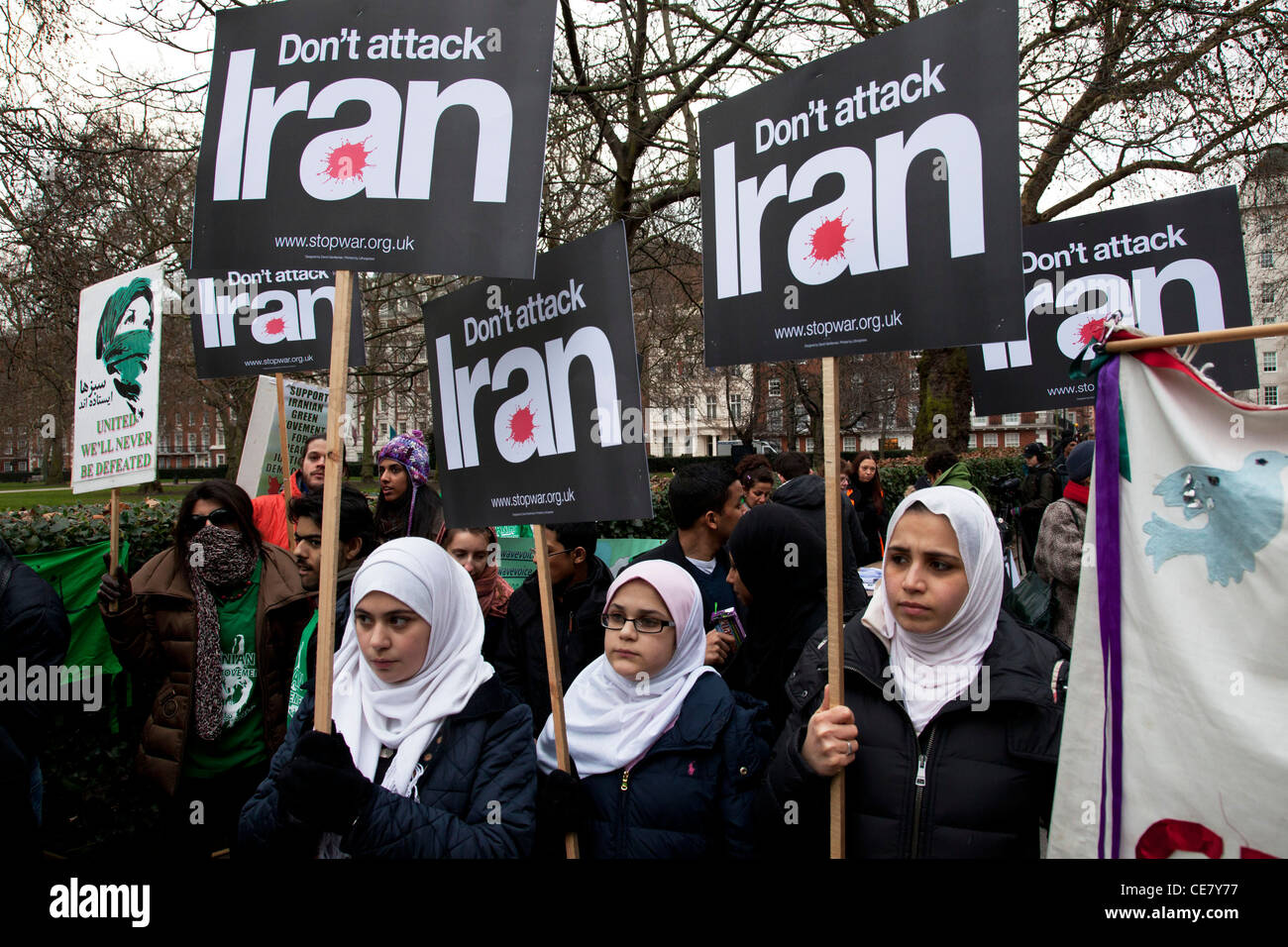Their demands for war and regime change should be ignored.
By Danny Sjursen
The Nation
“Everywhere you look, if there is trouble in the region,” Secretary of Defense James Mattis told reporters on a mid-April visit to Riyadh, Saudi Arabia, “you find Iran.”
This article originally appeared at TomDispatch.com. To stay on top of important articles like these, sign up to receive the latest updates from TomDispatch.com.
I must admit that when I stumbled across that quote it brought up uncomfortable personal memories.
East Baghdad, January 25, 2007: My patrol had missed a turn and so we swung onto the next grimy avenue instead. As platoon leader, I rode shotgun in the second of our four vehicles, yakking away on the radio. The ensuing explosion rocked the senses: the sound, the blinding dust, and the smell—a mix of burnt metal and, well… I still can’t bring myself to describe it.
Our lead HMMWV, a military utility vehicle, aimlessly swerved right and came to rest beside a telephone pole. Only then did the screams begin.
The “cost” would be two wounded and two dead: my then-unborn son’s namesakes, Spc. Michael Balsley and Sergeant Alexander Fuller. These were our first, but not last, fatalities. Nothing was ever the same again. I’m reminded of poet Dylan Thomas’s line: “After the first death, there is no other.”
The local militia had shredded our truck with an advanced type of improvised explosive device that was then just hitting the streets of Baghdad—an explosively formed projectile, or EFP. These would ultimately kill hundreds of American troops. Those EFPs and the requisite training to use them were provided to Iraqi militias by the Islamic Republic of Iran. It’s a detail I’m not likely to forget.
Still, there’s one major problem with bold, sweeping pronouncements (laced with one’s own prejudices) of the sort Secretary of Defense Mattis recently offered on Iran: They’re almost always wrong. It’s the essential flaw of “lumping”—that is, of folding countless events or ideas into one grand theory. But, boy, does it sound profound! The truth is that Iran is simply not behind most of the turmoil in the Middle East, and until Washington’s policymakers change their all-Iran-all-the-time mental model, they are doomed to failure. One thing is guaranteed: They are going to misdiagnose the patient and attack the wrong disease.
Look, I’m emotionally invested myself. After all, I fought Iranian-trained militiamen, but a serious, workable national strategy shouldn’t rely on such emotion. It demands a detached, rational calculus. With that in mind, perhaps this is the moment—before the misdiagnosis sets in further—to take a fresh look at the nature of America’s thorny relationship with Iran and the Islamic Republic’s true place in the pantheon of American problems in the Greater Middle East.


